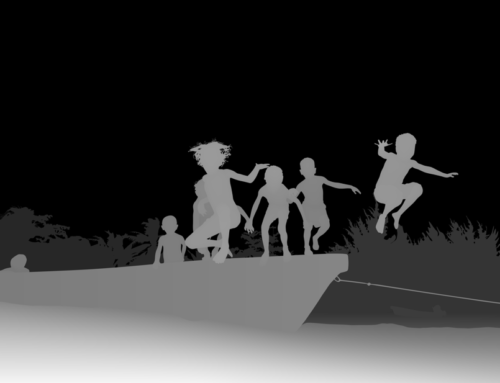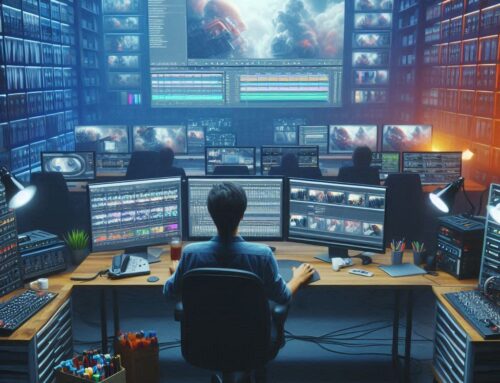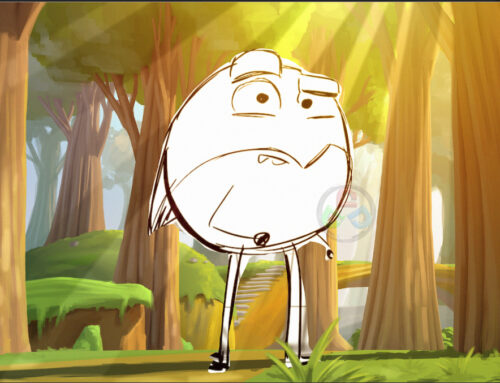In the captivating world of visual effects (VFX), where imagination knows no bounds, one artistic technique has played a crucial role in transforming the ordinary into the extraordinary – So What is Matte Painting?. This age-old technique has evolved over time to become an indispensable tool in the toolkit of VFX artists, allowing them to craft breathtaking and immersive environments that seamlessly blend with live-action footage. In this blog post, we’ll explore the fascinating realm of VFX painting, uncovering its history, techniques, and its pivotal role in modern filmmaking.
What is Matte Painting?
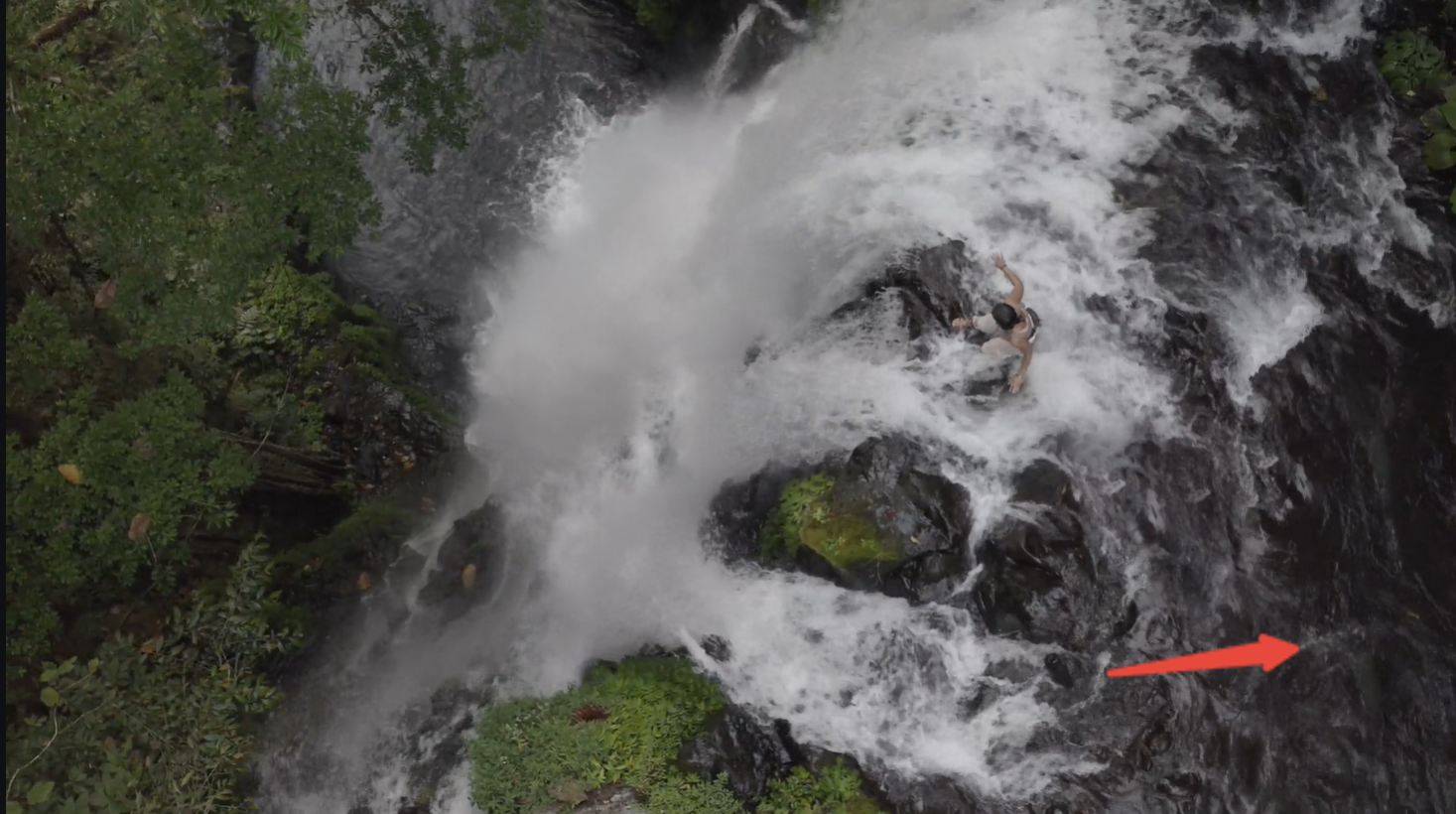
Video painting is a form of visual effects that involves creating highly detailed, painted images or digital representations of environments that serve as backgrounds or extensions in a scene. These paintings are then integrated with live-action footage to produce a final composite shot. The goal of matte painting is to enhance the visual storytelling by transporting the audience to fantastical worlds, historical settings, or futuristic landscapes.
Historical Roots:
Matte painting has deep roots in the history of filmmaking, dating back to the early 20th century. In the pre-digital era, artists would paint directly onto glass panels, which were then combined with live-action footage in a technique known as “glass shot” or “glass matte painting.” This process allowed filmmakers to create expansive landscapes, cityscapes, or other intricate settings that were otherwise impractical or impossible to film on location.
Evolution into Digital Art:
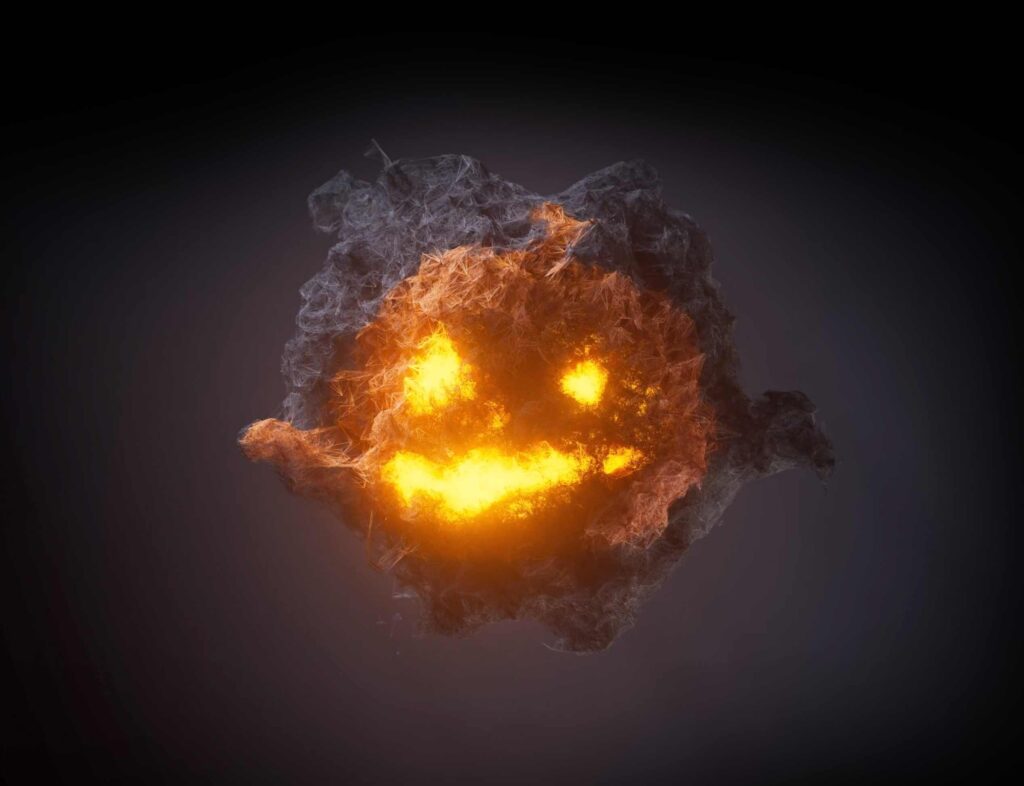
With the advent of digital technology, VFX Paint underwent a significant transformation. Traditional painting techniques gave way to digital tools, allowing artists to create highly detailed and realistic matte paintings using software like Adobe Photoshop and specialized 3D modeling applications. This transition not only increased efficiency but also opened up new creative possibilities.
Key Techniques in Matte Painting:
- Perspective and Depth: Color Grading use principles of perspective to ensure that their painted elements seamlessly integrate with the live-action foreground. Achieving depth is crucial for creating a convincing illusion of a three-dimensional space.
- Color Matching: Successful Video/Photo paintings rely on accurate color matching to ensure that the painted elements harmonize with the colors and lighting of the live-action footage.
- Photorealism: Whether painted by hand or digitally created, the goal of a matte painting is often to achieve photorealism. This requires a keen eye for detail, texture, and lighting.
- Seamless Integration: Matte paintings should seamlessly blend with the live-action footage, making it challenging for the audience to discern where reality ends and the painted world begins.
Modern Applications of Matte Painting:
Frame painting continues to be a vital component in modern filmmaking, especially in genres like fantasy, science fiction, and period pieces. It allows filmmakers to transport audiences to otherworldly realms, historical eras, or create entire landscapes that exist only in the realm of imagination.
Conclusion:
Matte painting stands as a testament to the fusion of artistry and technology in the realm of visual effects. From its humble beginnings in the early days of cinema to its current digital form, Wire Cleaning, Color grading remains an essential tool for filmmakers seeking to push the boundaries of storytelling. As technology continues to advance, one can only anticipate the further evolution of matte painting and its continued impact on the mesmerizing world of visual effects.

